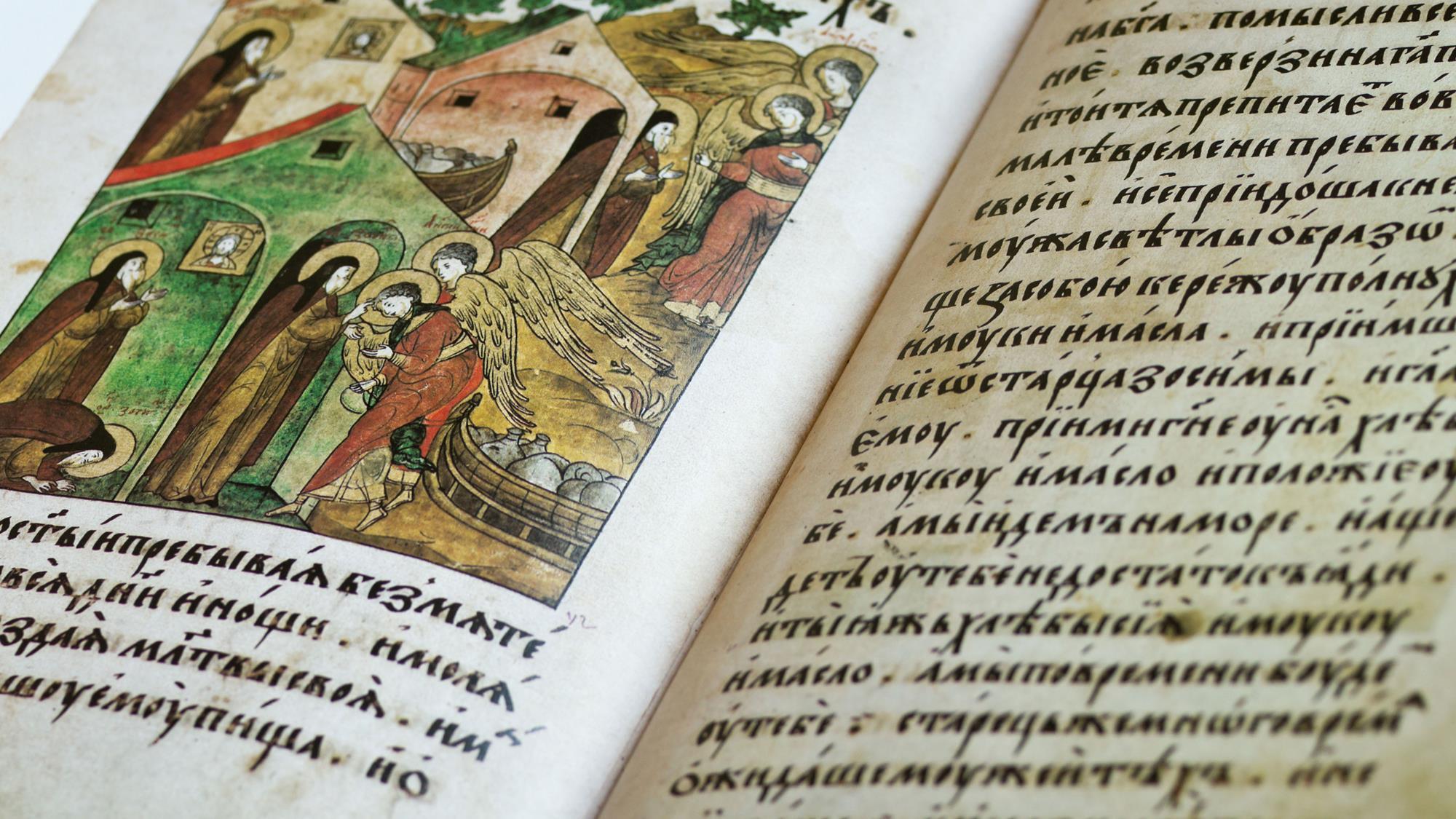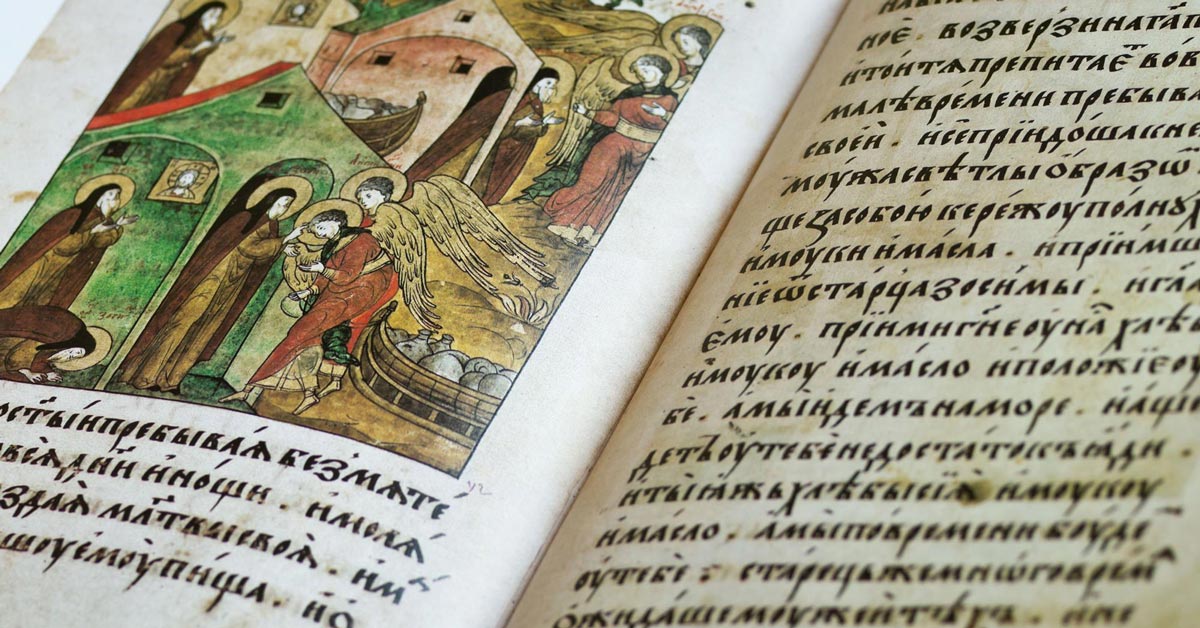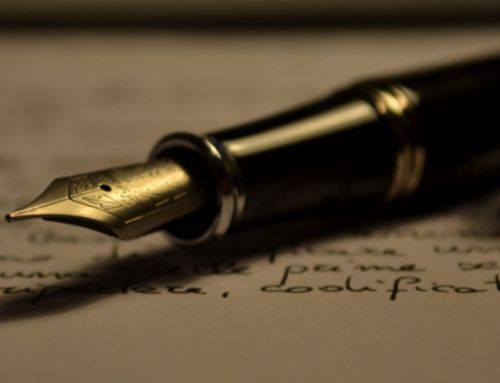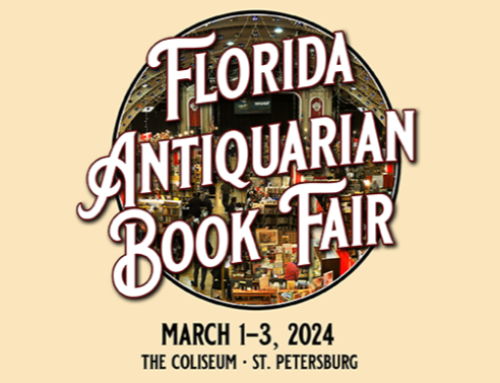
Medieval Illuminated Manuscript – credit: AJF and Almay Stock Photo
Illuminations – 6 that will amaze you
Beautiful Illuminations : A picture can indeed say more than a thousand words, and the humans of Medieval Europe knew this well! Works of religion, prayer, bestiaries, or herbaria all found a place in illuminated works.
Medieval scribes mainly worked in Christian monasteries. Each carefully hand-copying the original texts of the Bible. The work was of vital importance to Christianity. It served to pass on and preserve religious knowledge from one generation to the next. Plus the books were also a method of indoctrination. These bibles and illustrated gospels enabled even illiterate people to understand Christian doctrine.
In this article by Cinzia Franceschini she explores six of the most famous and unique manuscripts:
The Black Hours – Made in Bruges (Flanders) between 1460 and 1475. The color palette is very limited in its depictions: colored in blue, old rose, green, gray, and white, with a few touches of gold on a black background.
Book of Kells, dating from 800 CE, is an ancient, illuminated manuscript and it served precisely this educational and religious function. Its origin is a mystery.
Lindisfarne Gospels, This manuscript is among the most famous surviving examples of Insular Art (or Hiberno-Saxon art). It was, in fact, produced around 700 CE on the island monastery of Lindisfarne in Northern England, also known as “The Holy Island”.
While often left in the margins animals did find their way into illuminated texts.
The Westminster Abbey Bestiary, one of the best-preserved and most curious bestiaries from the Middle Ages. Dated to 1275-1290 CE
Book of Hours of Jeanne d’Evreux Among the most common types of illuminated manuscripts, besides evangeliaries, are books of hours. This kind of codex was dedicated to prayers and private devotion. One of the most sophisticated examples is the Book of Hours of Jeanne d’Evreux (1310-1371 CE). She was the queen of France and the last wife of Charles IV, and
The Très Riches Heures of Duc du Berry It is a masterpiece of early 15th century French and Flemish art.
For Ms. Franceschini’s article including illuminated images and many links to the originals





Leave A Comment